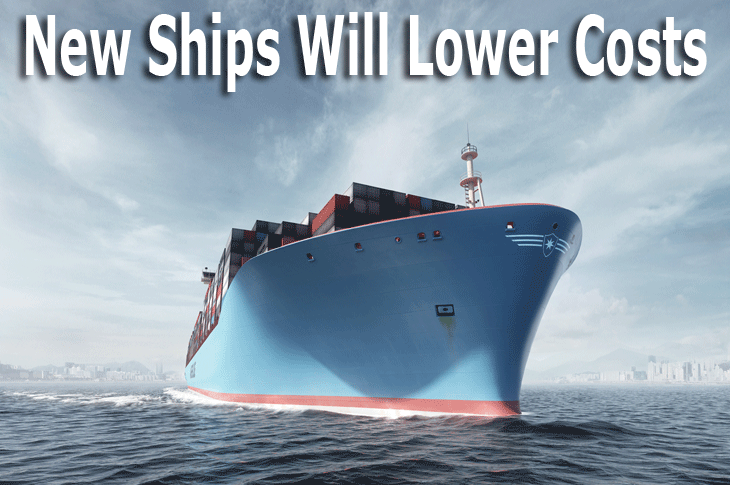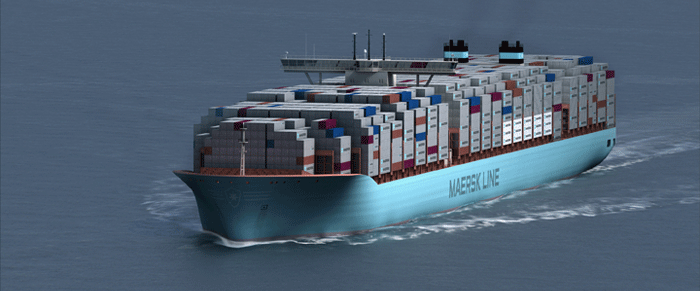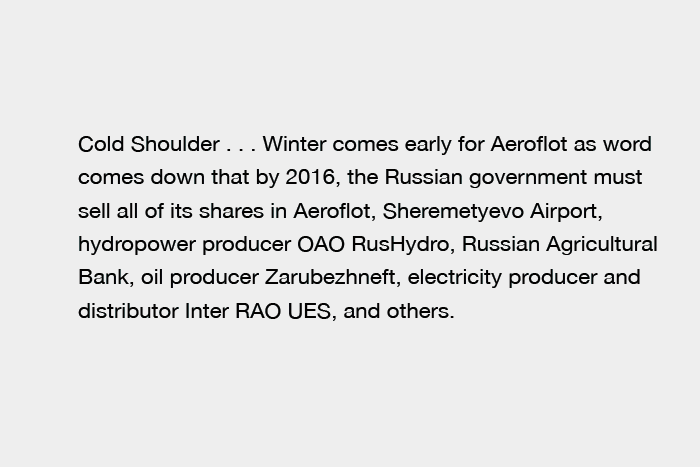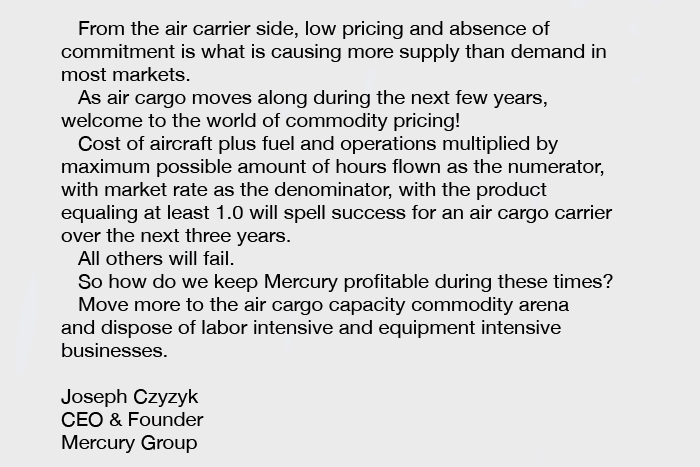| 
In many ways, the container shipping
industry is Apple Inc.’s polar opposite.
Apple, for example, is famed for its
profitability and commitment to consumers. By contrast, the shipping
industry tends to lurch from financial crisis to (self-induced) crisis
and when it does book a profit, it’s largely at the expense
of good customer relations.
Apple is also, of course, noted for
its commitment to making its products smaller and faster. Here the
difference is even more marked because container ships are not just
getting bigger, they are also increasingly being designed to go slower.
Next year Maersk Line will launch a
new series of what will be the world’s largest vessels. The
‘Triple E’ ships will be deployed on the Asia-Europe trade
and are some 400 meters long and offer a mammoth 18,000 TEU of capacity.
The ‘Triple E’ name is derived
from the economies of scale, energy efficiency, and environmental
improvements Maersk claims the ships will offer. As well as representing
a sizeable jump in capacity, the ship’s design doffs its cap
to the slow-steaming strategies now deployed by most lines, which
cut fuel costs and soak up excess capacity.
 |
The top speed of the ‘Triple E’
vessels will be just 23 knots, less than the 25 knots top speeds common
on the previous generation of container vessels. Maersk said fuel
consumption per container would be around 35 percent lower than its
previous largest ship, the Emma Maersk.
The Triple E marks a major change in
direction because previously, maximizing speed was a major part of
liner design as a result of the nature of modern consumer supply chains.
The first ocean-going vessels to break
the 400-meter length barrier were the supertankers constructed to
ship crude oil in the 1970s. Back then containerization was still
in its infancy. The driving factor behind increasing container ship
sizes has been the desire to reduce the cost per unit transported
as demand to move cargo in boxes has rapidly increased.
 “Higher
speeds called for larger engines, which also meant that increasing
the size of a ship would have to rationalize in the technical advances
of diesel engines, machinery equipment, and hull form design,”
said Konstantinos Chatzitolios, container ships manager at vessel
classification society, Bureau Veritas. “Higher
speeds called for larger engines, which also meant that increasing
the size of a ship would have to rationalize in the technical advances
of diesel engines, machinery equipment, and hull form design,”
said Konstantinos Chatzitolios, container ships manager at vessel
classification society, Bureau Veritas.
“In the last two decades, the
increase in demand for containerized cargo and the technical innovation
of 2-stroke engines, turbochargers, propellers and also optimization
in hull form design, provided both the will and the means to increase
container ship sizes, while maintaining the necessary speeds in an
efficient manner.”
This saw the 1996 launch of Maersk’s
“R” Class with 6,000 TEU capacity, which superseded its
predecessor, the “L” class of 1981, by more than 2,500
TEU. Since then, the speed of development has proceeded rapidly as
naval architects have become more adept at overcoming structural challenges.
This saw the 1997 launch of the “S” class with a nominal
capacity of 8,000 TEU, followed by the “E” class in 2006
with capacity of 12,500 TEU.
Container ships usually transfer high-end
consumer products, which traditionally meant (pre-Triple-E at least)
design speeds of between 24 knots to 26 knots were common.
“Fuel consumption for a container
ship is a function of size and speed and has an exponential mathematical
function for typical hull forms,” said Chatzitolios. “An
8,000 TEU container ship will consume around 225 tons of fuel per
day at 24 knots, but only 150 tons at 21 knots.”
The benefits of slow steaming are, therefore,
not difficult to compute, especially when capacity absorption and
high fuel prices are thrown in. “Normal slow steaming ranges
from 18 knots to 22 knots and can be achieved by container ships of
typical hull form design and typical propulsive system,” said
Chatzitolios.
“Super slow steaming (15kn to
18kn) can lead to significant fuel savings.”
There is every chance that the super-size,
super-slow evolution of container ships will continue in the future,
as lines look to further decrease per container slot costs and engineers
find new ways to improve efficiency of ships steaming at ever slower
speeds.
“Whether or not container ships
will continue to grow in size will be once more decided by demand,”
said Chatzitolios. “There is no reason to believe today that
the new technical challenges that may await us above the 20,000 TEU
threshold will not be identified and appropriately addressed.”
SkyKing |



 “Higher
speeds called for larger engines, which also meant that increasing
the size of a ship would have to rationalize in the technical advances
of diesel engines, machinery equipment, and hull form design,”
said Konstantinos Chatzitolios, container ships manager at vessel
classification society, Bureau Veritas.
“Higher
speeds called for larger engines, which also meant that increasing
the size of a ship would have to rationalize in the technical advances
of diesel engines, machinery equipment, and hull form design,”
said Konstantinos Chatzitolios, container ships manager at vessel
classification society, Bureau Veritas.








